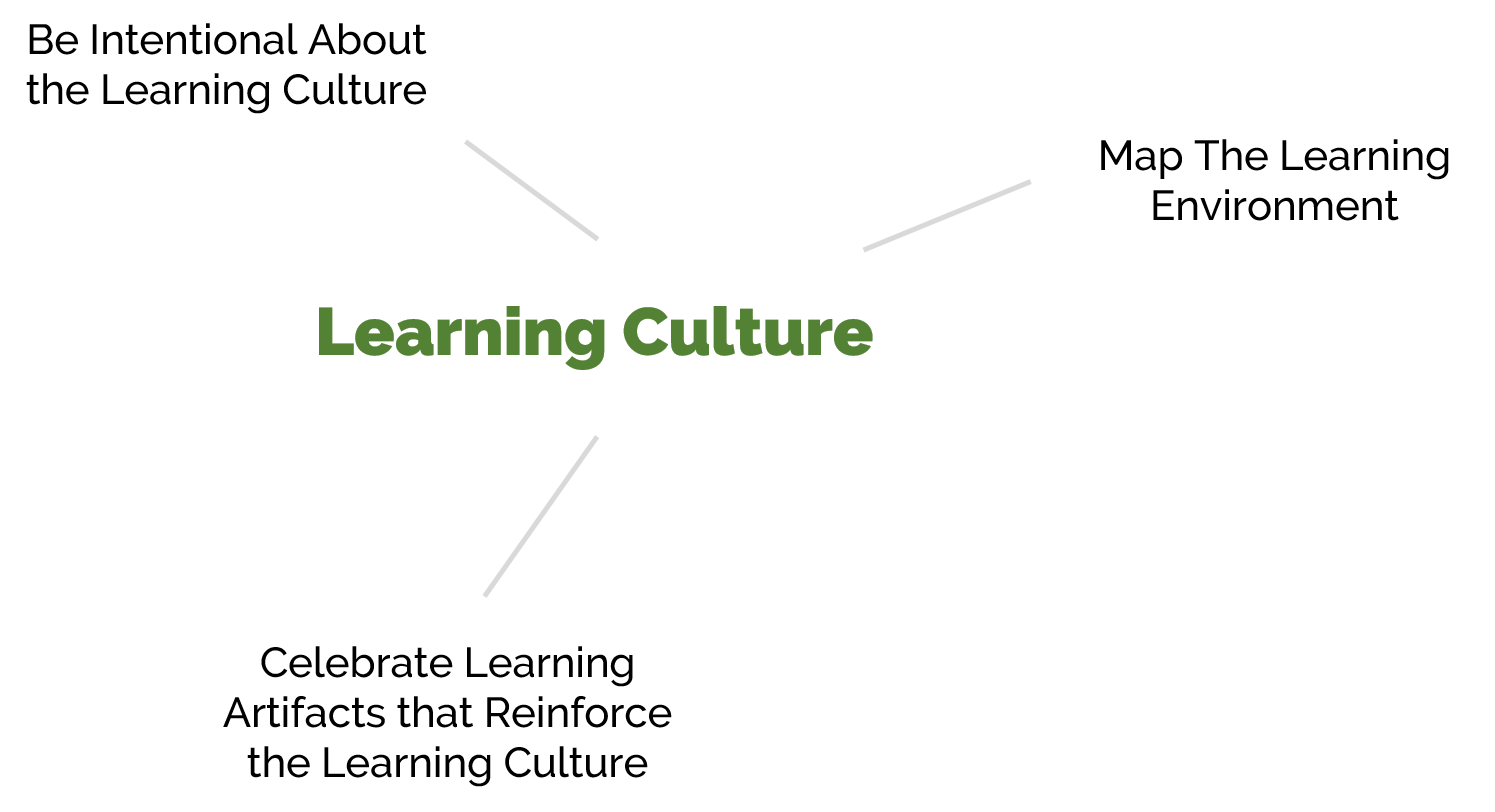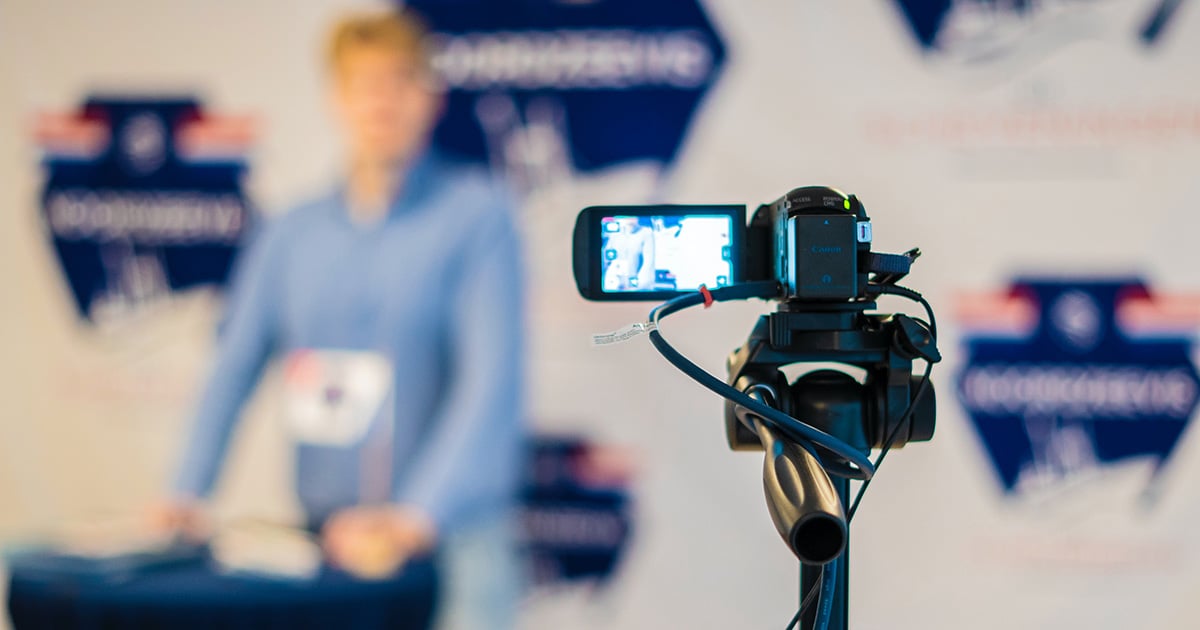
Three Ways to Grow a Learning Culture
At the Institute for Learning Environment Design, we recently launched a free email course titled Growing a Learning Culture. This course highlights a critical conversation we often encounter when working with teams and organizations to transform their learning environments.
We often find that when someone want to implement new ways of learning, at the heart of this change is the capacity to learn.
All highly successful courses, companies, or communities share one thing in common: they have a culture that values learning and growth.
In this article, I highlight some of the core ideas contained in the Growing a Learning Culture course and offer three techniques you can use to grow a learning culture.
What is a Learning Culture?
For the purposes of this article, I define a learning culture as the interactions that create a set of norms for how a group of people think about and engage in learning experiences. For example, when teaching a course or workshop, what norms do you encourage (or discourage) about how people learn? What does it mean to be a “learner” in that environment?
The answers to these questions establish the default learning culture. If we are seeking to encourage a culture that values transformation, what activities do we support that encourages transformative learning processes? In contrast, if we value knowledge acquisition, what artifacts in the environment signal more transactional approaches to learning (i.e. “learning” as a test-taking process)?
The following sections of this article highlight three simple techniques you can use to begin growing a learning culture.

Technique #1: Be Intentional About the Learning Culture
A culture often emerges not because leaders were intentional about crafting and supporting a specific type of culture, but rather by accident. The first rule of growing a learning culture is to be intentional and clear about the learning culture you are seeking to grow.
You can begin this planning process by considering the following questions about learning cultures:
- What assumptions are we making about how people learn?
- What experiences are learners bringing with them?
- What learning experiences does the environment reinforce or discourage?
- What is celebrated?
Technique #2: Map The Learning Environment
With clear intentions about a learning culture established, it can be useful to explore the design of the learning environment. The learning environment consists of the spaces and places where people learn. If you are teaching a college course, this may include a physical classroom, but it may also include the digital learning management system, or other methods you use to communicate with learners.
Spend some time mapping out the learning environment visually. This process helps you take inventory of the makeup of the learning environment and changes that may be needed to encourage specific types of learning experiences in it.
Technique #3: Celebrate Learning Artifacts that Reinforce the Learning Culture
Every culture creates artifacts that reinforce what it means to be in that culture. Think about what artifacts your learning culture creates. Does the culture value test scores? Does it value and celebrate work products? Does the culture not celebrate learning?
Spend some time creating a list of things your culture celebrates. Is learning one of those celebration points? One example of this can be examining what happens when a project or task goes wrong. A learning culture embraces such an opportunity as a learning moment (artifact) and adopts a fail fast approach.
Within environments designed to encourage transformative learning, a learning culture should value change, transformation, and reflection. The artifacts that support and celebrate these elements reinforce the learning culture.
Summary
In this article, I highlighted what it means to have a learning culture and three ways leaders can begin fostering one in their classrooms, companies, or communities. Being intentional about the learning culture, mapping the learning environment, and celebrating artifacts of a learning culture are all techniques leaders can use to grow a culture of learning.
Subscribe To Our Blog
Most Popular
Post By Topic
- associations (2)
- blended learning (2)
- CLEA (3)
- community of practice (1)
- Continuous Improvement (1)
- covid (1)
- culture (1)
- customer engagement (1)
- Design Studio Session (7)
- designcast (2)
- E-Learning (2)
- engagement (1)
- equity (1)
- ILED (6)
- ILED Designcasts (4)
- Innovation (4)
- learning design (25)
- learning enviroments (22)
- learning innovation, (4)
- Learning Strategy (8)
- LEM Techniques (3)
- micro-credential (17)
- Powered by LEM (5)
- professional learner (2)
- Show Notes (4)
- Skills Gap (2)
- technology (3)
- Uncategorized (11)
- video (1)
- visualization (10)
- Workshops (1)





